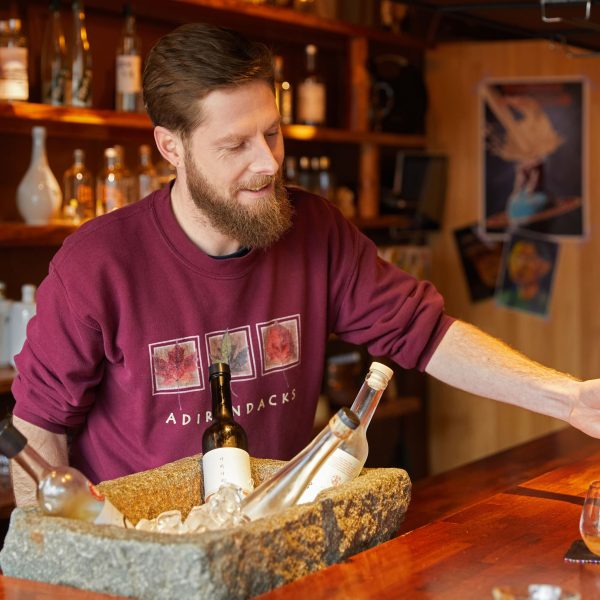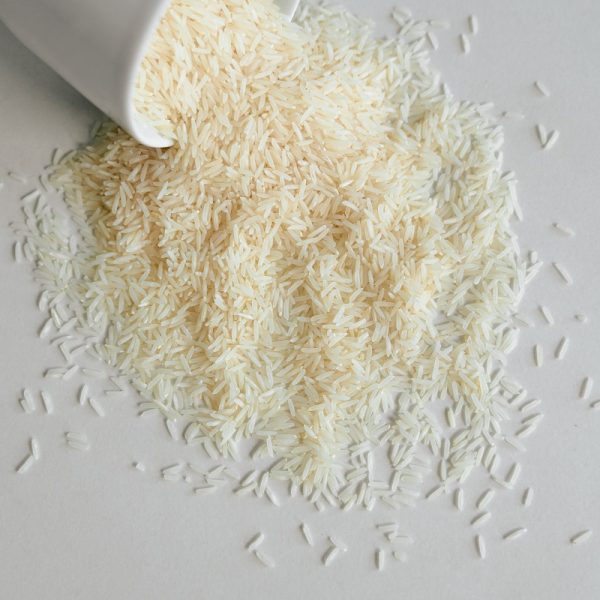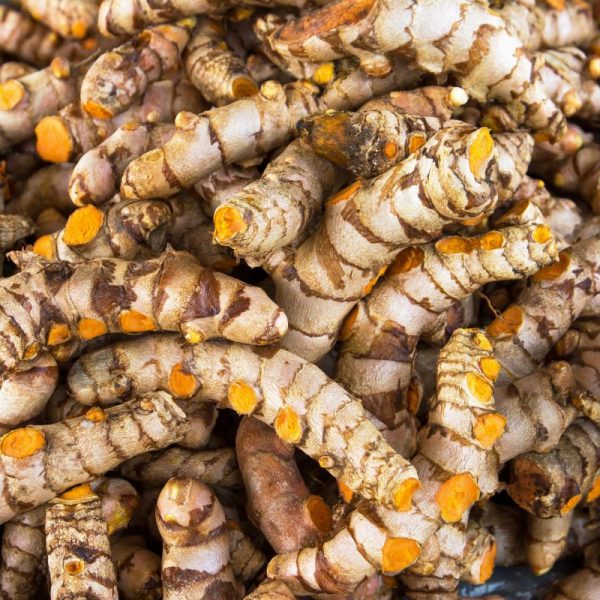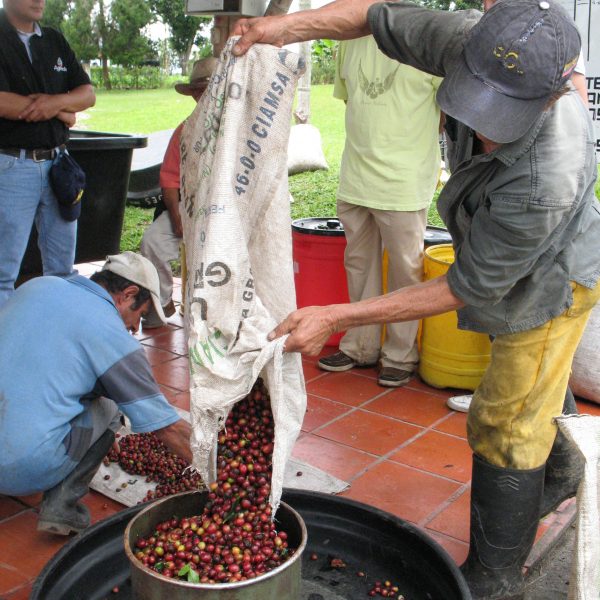The origins series: The many uses of grains for making drinks
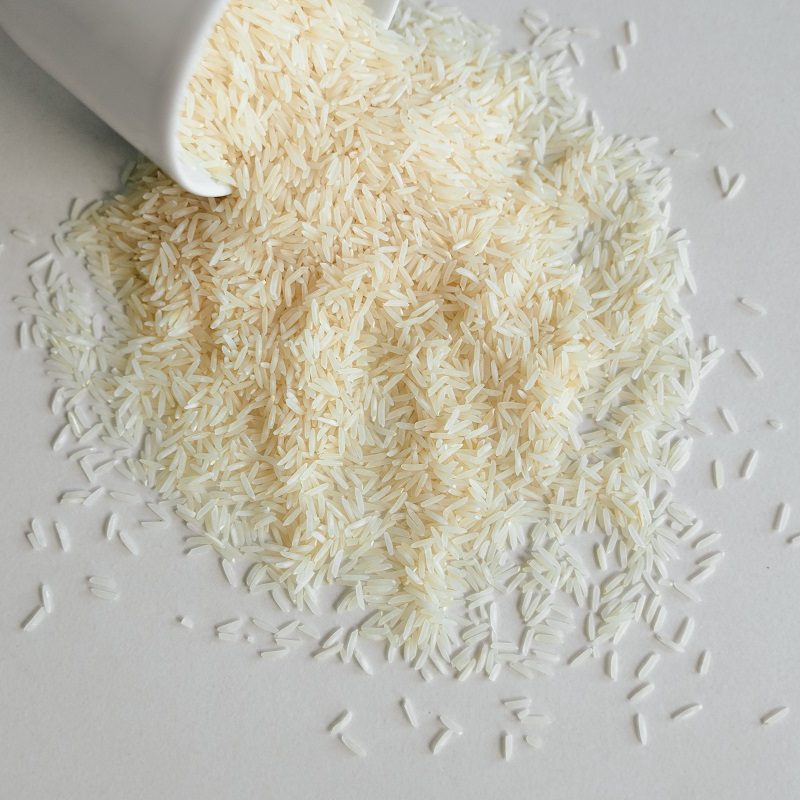
From their role in the history of humankind, to their transformation into beer, whisky and more, we dig into the origins of grains in the second in our ongoing series
Grains: so little, yet so fundamental. These tiny, very often crunchy kernels were responsible for the first pivotal change in human habits, thus setting the groundwork for evolution. Being used in hunting, fishing, and hoarding 10,000 years ago, humanity needed constant movement, which was the essential trait of a nomadic lifestyle, made up of frequent migrations.
Implementing agriculture, which obviously required time for sowing and harvesting, brought populations to settle in one defined area, laying the base of the modern society; it wasn’t just a matter of keeping an eye on the fields though, as the new sustenance method called for an actual social restructuring, the so-called Neolithic Revolution.
The villages that began expanding around fertile regions started counting more and more inhabitants, needing a whole new political and social structure, with specific roles, with the first ones were created to administrate, distribute, and trade grains. Egyptians are credited with being the first people to organise their crops to then be accumulated into silos, the importance of which was only second to temples.
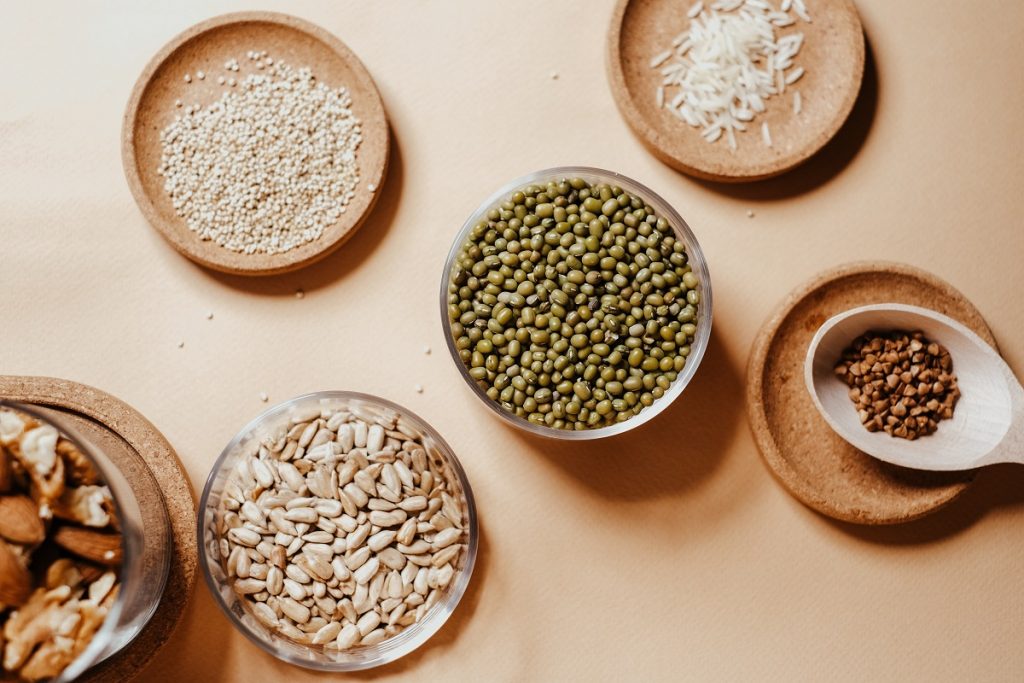
Harvesting also led to the discovery of new stocking and transportation systems, given how long grains would last without rotting. With grains being easily stored and shipped, the then-ruling powers of the world understood how cereal supplies were vitally strategic to their governments in order to feed the citizens and soldiers and prosper – we’re talking wheat for the Roman Empire, rice for the ancient Chinese region, and maize for the Mexican dynasties.
With centuries passing and technology developing, the grain trade expanded and was often, unfortunately, the excuse to which nations referred when advocating for colonialism and invasions, until import/export was established. Nevertheless, people were needed to skilfully master the milling of grains, which has seen technology and technique develop broadly: from a hand-hammered mortar that would yield a thick and non-perfect flour, to the modern wind- or water-powered mills that produce an almost impalpable edible powder.
What’s the difference?
Do not get fooled by the terminology: cereal and grains are not the same thing, though very often the two words are used interchangeably. The former indicates a plant (from the name Cerere, Latin goddess of earth and harvesting) that’s grown in order to obtain its fruit. The fruit itself is, indeed, the grain (‘caryopsis’ is the botanic denomination), the edible component of the plant. Considering the richness of vitamins, minerals, carbohydrates, fats, oils, and protein they contain, grains are undoubtably amongst the most solid bricks the contemporary food pyramid is based on.
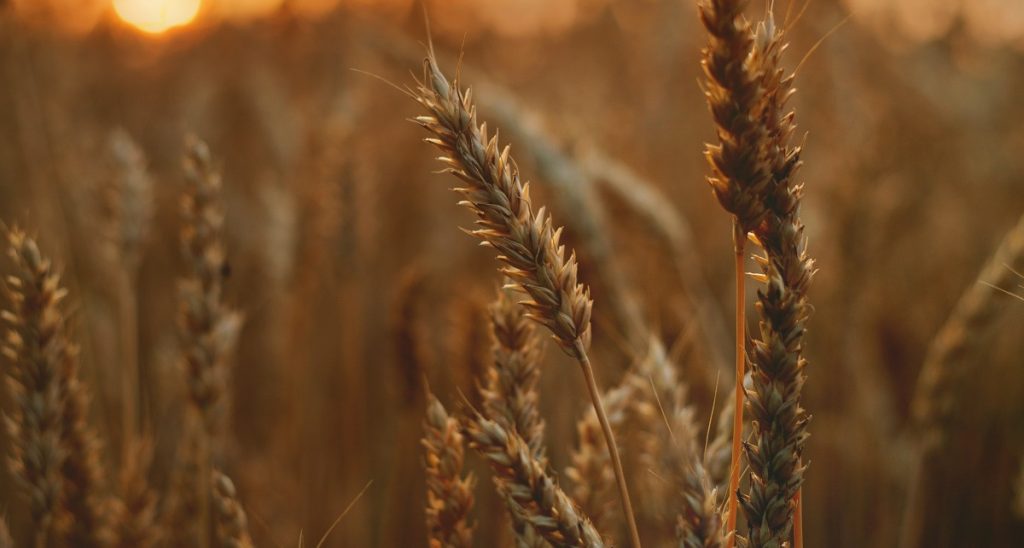
There are some necessary distinctions, though. Grains coming from cereals such as rice, wheat, corn, rye, millet, barley and so on, are generally referred to as ‘major cereals’, given their broad cultivation and historical presence (corn was imported in Europe as far back as the end of 1400s, by Christopher Columbus. Before then, wheat and rice had held the crown of most harvested grains in the continent).
A sub-category of grains, coming from ‘pseudocereals’, divide in three families: polygonaceae (like buckwheat, originally from the Himalayas); chenopodiaceae (like quinoa, very much widespread in the Andine region); and amaranthaceae (like amaranth, a Mexican treat). Pseudocereals are usually gluten-free and very high in protein – and although they only became more known in the western world in the past decades, have been staples in their natural regions for centuries.
Grains and spirits
Due to their nutritional content and overall vast possibility of production, grains are historically considered amongst the first staple foods the modern civilization has ever known, and to the surprise of very few, they are the pillar on which many bar favourites build their fortunes.
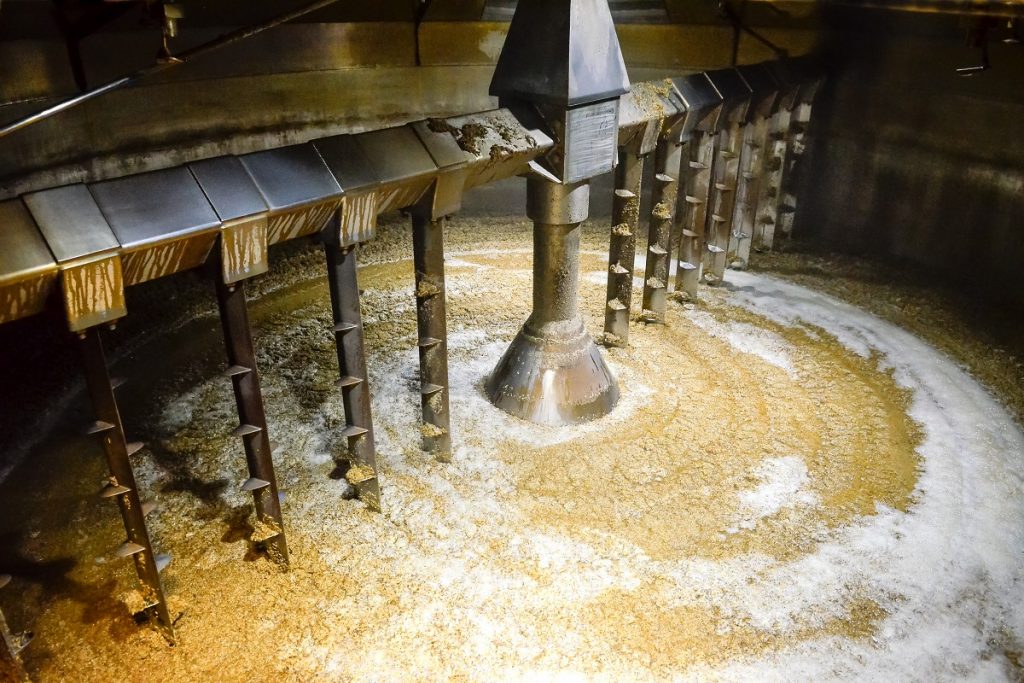
The natural phenomenon of fermentation indeed originates in the starch different grains contain, which is then converted to sugar through different processes and leads to the creation of alcoholic beverages. Beer, for example, originates from barley starches that have been converted to sugar by the amylase, an enzyme found in the grain kernels that have been malted (germinated); the same wort (the fermented boiling broth) can be used for distillation to obtain malt whisky, while bourbon and rye whiskey have corn and rye as their root.
The rice used for sake, instead, releases a starch that’s combined with a specific fungus, aspergillus oryzae, also known as ‘koji mould’, to gain the sugar needed for fermentation: a similar process is followed by the whole family of rice wines, very common in Asia.
Similar steps can be traced for ‘chicha de muko’, a variety of the traditional Peruvian ‘chicha’: instead of germinating the grain, the chichamaker chews the maize, and the resulting paste is round up in small balls, flattened and dried in open air. Naturally occurring ptyalin enzymes in the maker’s saliva catalyses the breakdown of starch in the maize into a sugar, known as maltose. Many of the most beloved spirits used today, from whisky and vodka, to gin, shochu and baijiu, originate from a fermented, starchy base.
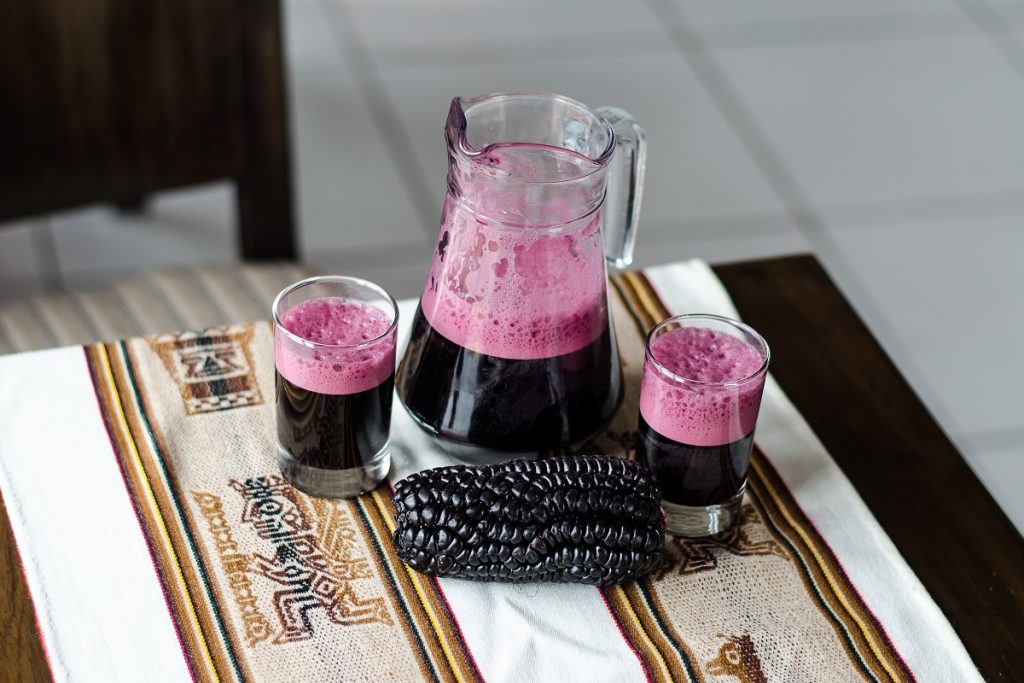
Although these days grains are available pretty much all over the world, grains have maintained a strong connection to their original soil, becoming part of the backbone of local diets, anywhere you might go. In every region of the planet, a specific and traditional cultivation can be found, essential to local food, drinks and very often spiritual or religious rituals (though wine, a fruit-based beverage, is still the most common product used for ceremonies).
From the rice or barley-made ‘kvass’ in Russia, to the Nepalese ‘tongba’ made of millet, ranging through to the South African non-alcoholic ‘mahewu’(from corn porridge), grains that can be smaller than a nail have demonstrated their power and importance for centuries. They are still indescribably important to the world’s economy and social life – and, indeed, to the bar community.


